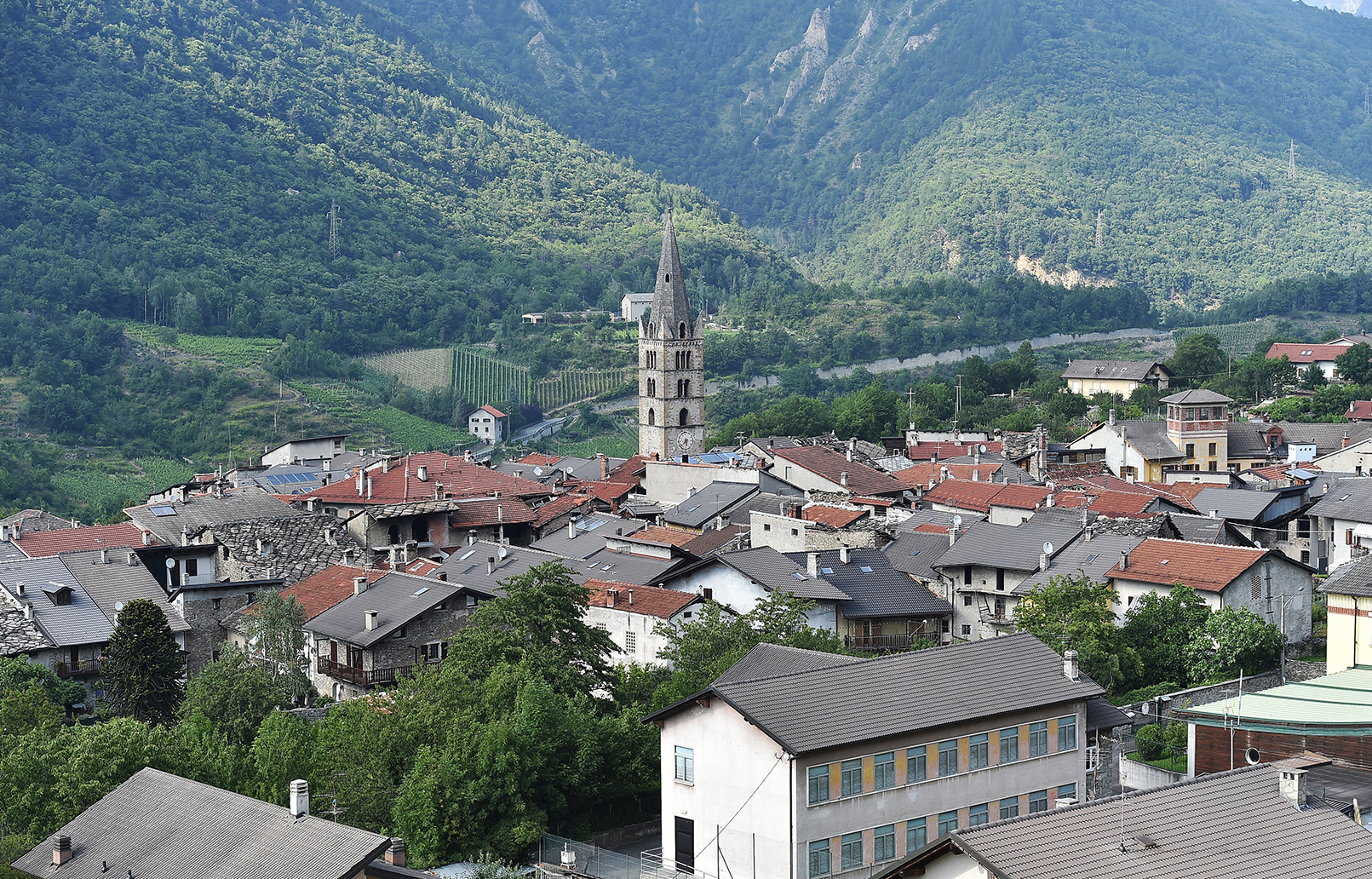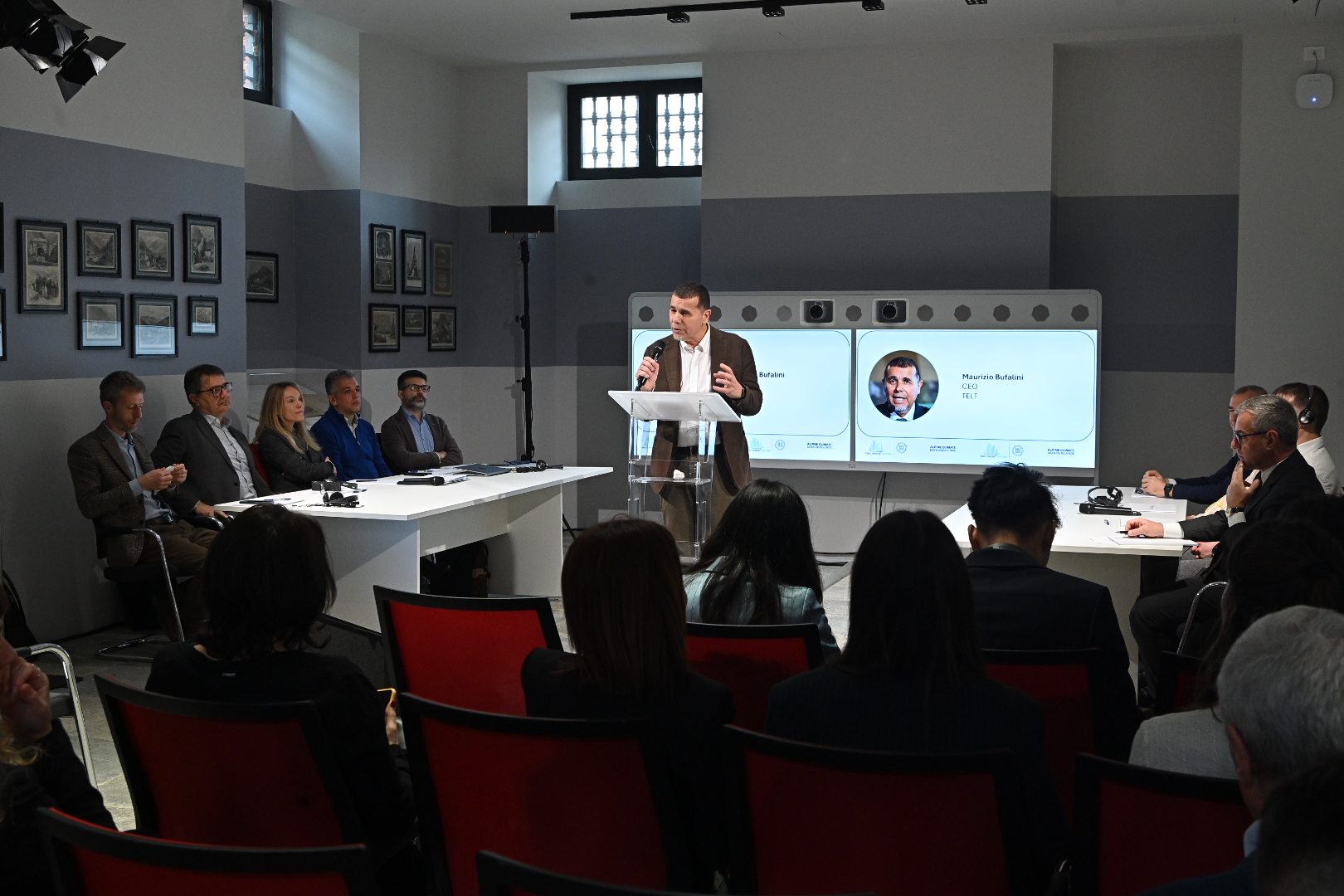From Thursday 14 July, and for the duration of the present extreme drought, the mountain water collected from the Maddalena tunnel will be used to irrigate Chiomonte’s vineyards.
TELT and the companies in the group led by Webuild, which are operating the main Italian construction site of the Lyon-Turin line, have accepted the request of the Consorzio irriguo di Chiomonte (Chiomonte Irrigation Consortium), which wishes to use the runoff water from the tunnel. This is natural mountain water collected in the first section of the Maddalena tunnel. After the approval of the Turin Metropolitan City, a tanker will draw the water needed to irrigate about 12 hectares of vineyards in the Chiomonte area on a daily basis. In this area, where ‘heroic viticulture’ (a type of cultivation carried out under extreme conditions compared to traditional cultivation) is practised, with rows of vines planted on slopes inclined at up to 30%, DOC wines such as Avanà and Becquet (red) and Baratuciat (white) have been produced for 25 years.
We are pleased to be able to contribute to helping the area in this time of emergency, explained Mario Virano, TELT’s general director, we are well aware that water is a precious asset to be preserved. That is why we are committed to exploiting it with innovative solutions. Today we are helping wine growers, while for the future, together with the Politecnico di Torino, we have studied the potential of using hot water from the heart of the mountains in a perspective of circular economy. The pilot application of geothermal energy will be the air-conditioning of the visitor centre, while at the end of the work, this water will be made available to the community.
At present, the hot underground water intercepted by the Maddalena tunnel is conveyed outside into tanks where it is cooled, purified and then reintroduced at ambient temperature into the Dora river, together with runoff water, thus returning it to the natural cycle.



